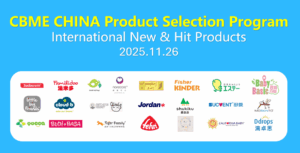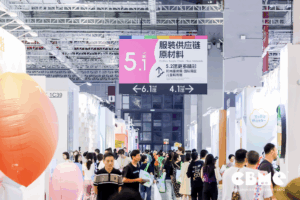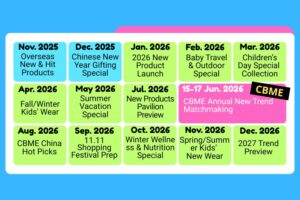Disclaimer: this article was originally published by Maternal and Baby Industry Observers. Sources: https://mp.weixin.qq.com/s/bPcatqSuclhdXaCC0XFUJQ
Since the beginning of 2025, Deepseek has exploded onto the scene, with the AI wave sweeping all industries. Maternal and baby players have also followed suit, with Mama.com, Kidswant, and Babytree announcing their integration with Deepseek, providing more intelligent parenting support for families with babys. In recent years, as AI and robotic technologies have developed rapidly, smart parenting has become a trend, and more and more applications of AI+ maternal and baby care are seen. But which subsectors have the most market prospects and which categories are already or about to boom?
Focusing on Three Key Scenarios:
Entertainment and Companionship, Caregiving, and Education
Recently premiered at the Consumer Electronics Show (CES), a batch of maternal and baby-related smart hardware new products has kicked off the 2025 smart maternal and baby hardware competition. Notable among them are three kinds of products: First, automatic baby soothers like the Elvie Rise smart baby rocker, which allows parents to rock the baby and soothe it via an app, as well as long the child’s wake and sleep times. Then there’s The Revol smart cradle, featuring three adjustable modes, an integrated baby monitor for live video, multi-dimensional monitoring of the baby’s vitals, and the use of AI to enhance the safety of the baby’s sleeping area.
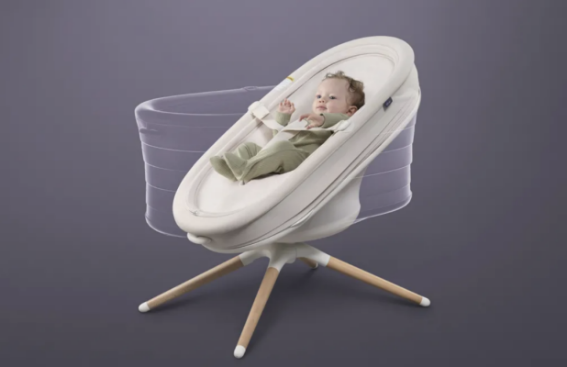
The second kind is hardware and robots that use AI for smart companionship and educational assistance. Take for example the child’s AI companion Ling!, designed for children aged 3-12, with multimodal interaction technology, 4D spatial interaction technology among other advanced scientific techniques, combining companionship, learning, and growth functionalities; Pika Magic Mirror, which through voice recognition and natural language processing, interacts emotionally with children and helps them learn English; Mi-Mo the six-legged lamp robot that might assist children with homework in the future.
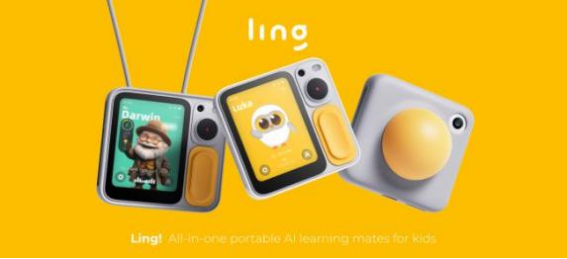
The third kind involves hardware aimed at a general or female demographic but also applicable to child companionship, like robot dogs with realistic Labrador puppy appearances, emotional companion robots, plush robots, AI model bionic pets, and more.
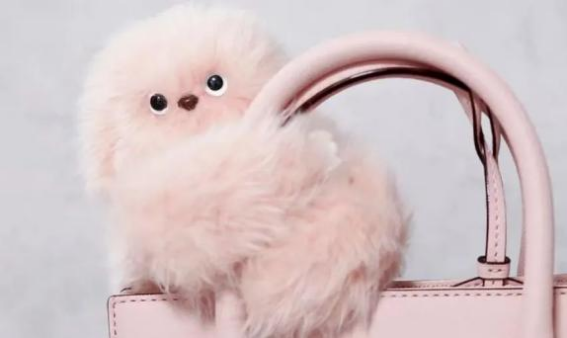
Looking at the above-mentioned, as well as other products previously released by different companies, current smart maternal and baby hardware mainly focuses on three scenarios: intelligent caregiving and monitoring, entertainment and companionship, and education.
Intelligent Care Monitoring Scenario
In the intelligent caregiving field, baby monitors are popular among young parents due to their affordability and practicality, leading in sales over many other smart maternal and baby hardware. Most monitors include functionalities like real-time video streaming, two-way talk, sleep detection, cry detection, and virtual fencing.
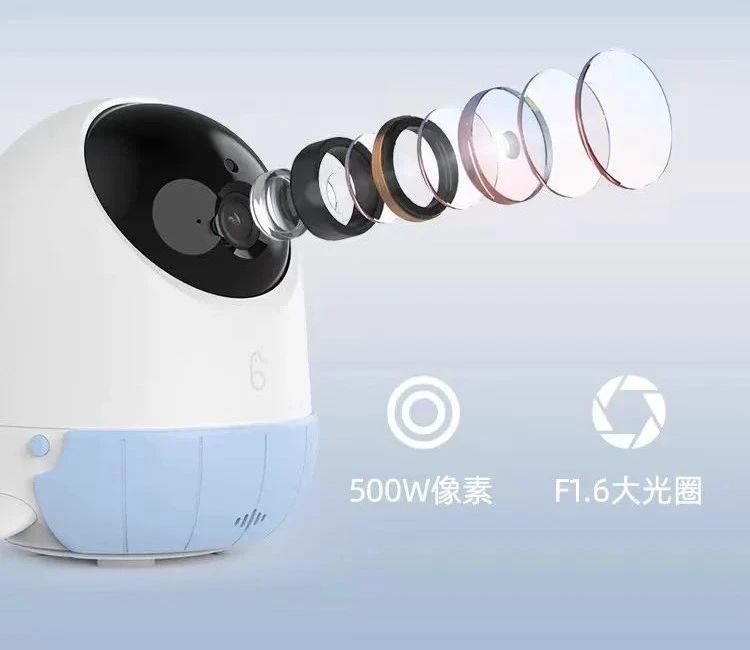
Currently, two main styles of players are actively developing in this domain: one is home surveillance manufacturers like Huawei, Xiaomi, 360, and Ezviz, which have all launched products suitable for maternal and baby families; the other is players focused on the maternal and baby track, such as Seahorse Daddy, Qinbaobao, noonie, Deerdad, and more.
Besides standalone monitors, increasingly products like baby cribs, bassinets, and mattresses are integrating monitoring functions. Creations like Cradlewise’s crib that auto-adjusts to a child’s sleeping patterns, Cubo AI’s baby sleep sensor pad which integrates machine vision and breathing detection technologies, Cool Beans’ foldable crib listed on Taobao with smart enlightenment machines and monitors, Yuanbeibe’s AI crib featuring automatic soothing and health monitoring, the Zhi Mian Hu Hu’s pod which monitors a baby’s vitals and auto-generates sleep reports, or TCSC’s sleep pod with zero-touch health monitoring and AI sleep analysis. It’s clear that more companies in the sleep tech or crib industry are focusing on smart sleeping technologies.
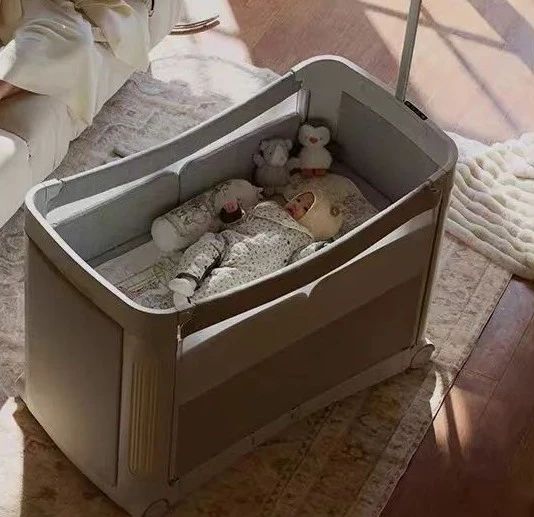
Additionally, smart wearables are also one direction in which maternal and baby companies concentrate their intelligent caregiving efforts. Beyond common smartwatches and bands, enterprises are starting to integrate baby clothing with smart technology. Examples include Owlet’s BabySatat series of medical-grade pulse oximeter wireless socks, enabling real-time blood oxygen monitoring during sleep to assess the baby’s physical condition quickly; Mimo’s baby bodysuit with an Intel Edison chip that tracks vital signs like heart rate and temperature; or companies that combine smart technologies with diapers, such as Abbady’s AI smart diaper that records urine volume and provides targeted feeding advice.
In terms of baby mobility, whilst parents’ caregiving needs may have shifted, the core demand remains for easier and safer care. Baby stroller companies are aiming for smart following, collision avoidance, and protection features during their development, like GlüxKin’s autonomous baby stroller that can soothe babies to sleep, monitor external dangers in real time, and react accordingly; or believe’s stroller featuring smart following, remote control movement, intelligent obstacle avoidance, and cradle functions; child safety seat players are focusing on intelligent adjustment configurations, such as BeBeBus’ capsule seat with smart electric adjustment, qborn’s Dolphin safety seat with smart automatic detection and ventilation design. In addition, some automakers are researching children’s intelligent safety seats, like Extreme Fox Koala and others.

Baby Feeding Dimension, intelligent products mainly help mothers better understand baby’s eating situation and needs, reducing care pressure. Smart temperature control is one of the most basic and common features, and some smart bottles are designed with automatic feeding recording, smart feeding advice, and reminders, such as Smart-Bottle and Nfant Thrive intelligent bottles.
Entertainment and Companionship Scenario
For entertainment and companionship, AI toys have become increasingly popular in recent years, with various companies ramping up their offerings. For instance, Auldey Entertainment combines plush, IP, and AI to release the AI-powered Xi Yang Yang products, featuring capabilities including voice dialogue, content creation, and intelligent music for sleep; TALKING TOM CAT’s AI companion robot captures users’ tones and rhythms, including emotional information, providing appropriate responses; Shimai Culture developed the AI Magic Star based on the Doufu big model, enabling deeper interaction with users; Yuanli Innovation’s BubblePal based on AIGC technology offers functionalities such as playing nursery rhymes, storytelling, and knowledge Q&A; toy company FoloToy, in partnership with brands like Huo Huo Rabbit, releases AI companions that can soothe emotions and conduct intelligent multilingual dialogue.
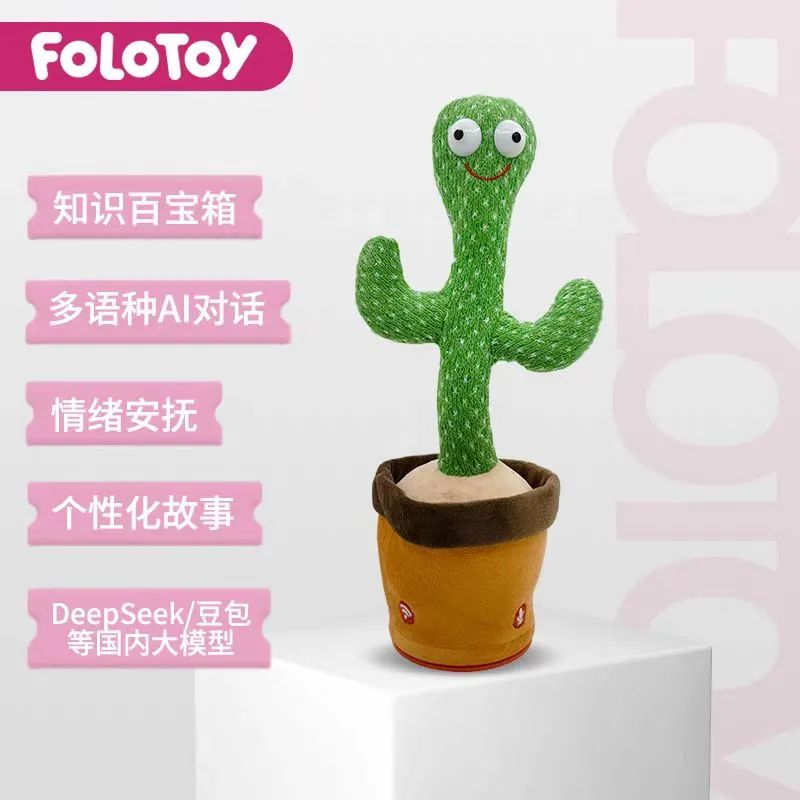
The main players in the AI toy market currently fall into two categories: one is that traditional toy companies collaborate with other enterprises to capture the AI toy market, like Auldey Entertainment and Shimai Culture, or invest in AI companies, like Talking Tom who has invested in big model company, Xihu Xincheng. The other category is start-up AI toy companies, with founding teams typically possessing backgrounds from major tech firms.
Actually, the rising discussion of domestic AI toys is partly due to the emergence of big models like Doufu and Deepseek accelerating the fusion of AI with other industries, and on the other hand, public self-pleasure needs increasing. For some demographics, AI toys can meet their greater interaction needs and have significant emotional value.
Education Scenario
The field of education may be one of the closest and most cutting-edge directions for the integration of maternal and child care-related products with technology like AI. Many smart early education hardware products integrate entertainment, companionship, and learning functionalities. For example, Huo Huo Rabbit in collaboration with iFlytek released a smart AI early education machine, embedded with children’s AI companion big models, able to perform interactive dialogue and Q&A with children and make precise push based on the child’s age and learning progress, also offering creative story creation. CloudMinds’ educational hardware brand Dr. Luka’s first native big model education hardware allows photos to help children recognize objects and learn more related knowledge, as well as AI creative live graphics, helping children grow happily through explorative learning.
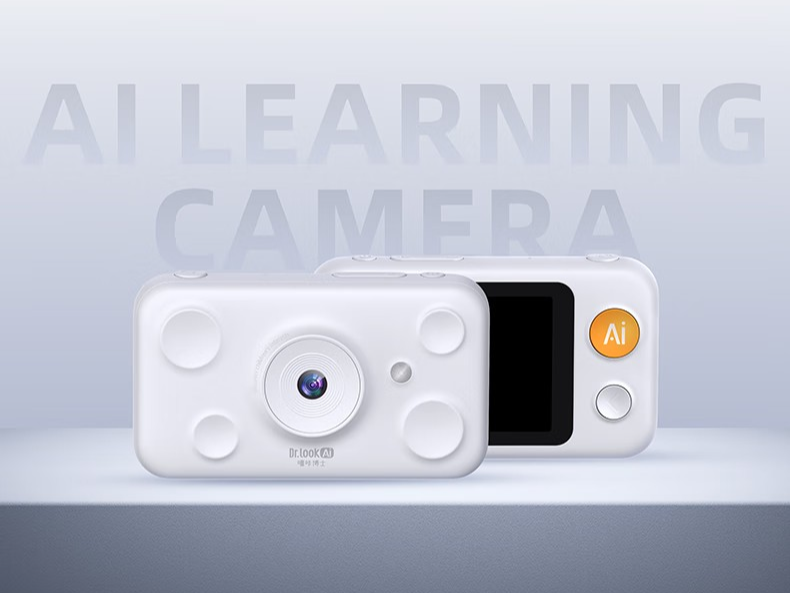
For school-age children, intelligent educational hardware also includes AI Q&A functionalities but focuses more on fun learning and problem-solving. Examples are Xueersi’s big screen learning machine, iFlytek’s AI study machine, and others.
In summary, from a product development perspective, AI toys, monitors, and educational hardware are steadily heating up, and smart major appliances are also a key focus for companies; from a product sales perspective, due to price, practicality, technology, and other factors, some intelligent maternal and baby hardware remains in its infancy, especially intelligent diapers and intelligent baby wear, which are not widely popularized.
Both an Encyclopedia and One-on-One Advisor:
Maternal and Baby Applications Accelerate Intelligent Transformation
Compared to intelligent parenting hardware, the development of intelligent parenting software is more concentrated, mainly in two categories of players:
One is smart voice assistants and general-purpose big models. Many netizens sharing their parenting experiences have mentioned that they’re now using big models like Doufu, Deepseek, and Xiaoice for childcare. In the prenatal stage, AI can act as an encyclopedia and exclusive assistant for pregnancy, answering expectant mothers’ questions quickly and planning personalized solutions such as nutrition supplementation plans. At the preschool stage, besides continuing to provide knowledge queries and parenting plan creation, AI can also record the baby’s growth status, recommend suitable picture books or early educational resources, and generate games, merge nursery rhymes, and write and explain stories, reducing parental pressure in parenting.
The second approach involves applications tailored for specific industries and the use of large-scale AI models, such as Kidswant’s KidsGPT, Babytree’s Mika-Brain, and Qinbaobao’s development of a parenting big model. Compared to general-purpose AI models, these companies’ data is much more specific and accurate, leading to more precise solutions to user pain points. For instance, as a leading maternal and baby chain, Kidswant has accumulated extensive parenting experience and resources from millions of members by fostering professional parenting advisors, doctors, and experts, enabling more professional and accurate AI-based user responses. Babytree, as a top-tier maternal and baby vertical social platform, has compiled a rich high-quality corpus and even conducts knowledge tracing on AI responses, which are reviewed by specialist teams from top-tier hospitals. Qinbaobao has 50 million registered users and has built a massive parenting knowledge base and a professional child-rearing scientific theory system.
Additionally, some maternal and baby companies collaborate with leading tech firms to develop related AI assistants, such as Yuexueyuan’s partnership with Baidu Wenxin Yiyan, Mead Johnson’s joint launch with Xiaomi of the AI Maternal and Baby Smart Service Platform Mead Johnson Institute, and Danone’s collaboration with ByteDance’s Volcano Engine to create an AI breastfeeding coach mini-program on Douyin, and more. Indeed, with the AI wave surging higher and higher, particularly after the massive explosions in AI applications brought by ChatGPT in 2023 and Deepseek this year, the intelligent transformation of maternal and baby applications has been rapidly accelerating.
Furthermore, the convergence between intelligent parenting hardware and software is increasing. On the one hand, hardware products require strong technical support to serve users more intelligently; on the other hand, combining software products with hardware can enhance user perceivability and improve their experience.
It is important to note that there are certain limitations to AI and other intelligent technologies in maternal and baby care. First, AI hallucinations are somewhat inevitable—artificial intelligence may fabricate content, requiring verification by experts or parents, as well as advancements in algorithms by the underlying enterprises. Second, data security and privacy are concerns; many smart monitoring devices capture physiological and psychological data of children, and AI processing may record some personal information. Third, the integration of smart technology with maternal and baby products is still superficial. Some products do not fully address the pain points of young parents, are also priced high, and offer short usable lifespans. However, as AI and related technologies develop rapidly, the intelligence and practicality of smart parenting hardware and software products will continue to improve, and the prospects for smart maternal and baby care products look promising.
Keywords:
2. Maternity and baby tradeshow exhibitor list 2025
